In the vast tapestry of China's rich cultural heritage, ancient poetry stands as a timeless chronicle of the natural world. Recently, a team of Chinese researchers embarked on an extraordinary journey, using this literary treasure trove to unlock the secrets of a critically endangered species: the Yangtze finless porpoise. This unique freshwater porpoise, the only one of its kind in the world, has faced a precipitous decline in recent decades. With fewer than 1,300 individuals remaining in the wild, the need for comprehensive conservation strategies has never been more urgent.
To better understand the historical distribution of the Yangtze finless porpoise, the researchers delved into over 700 ancient Chinese poems dating from the Tang to the Qing dynasties. These poems, rich in vivid descriptions of nature and daily life, offered a rare glimpse into the past, revealing where and when the porpoises were once seen. This innovative approach was driven by the stark reality that scientific data on the porpoise's population history is sparse, especially for periods before the modern era.
The findings were both enlightening and alarming. The data suggests that the historical range of the Yangtze finless porpoise has shrunk by a staggering 65% over the past 1,200 years, with the most drastic reduction occurring in the last century alone. This alarming trend is a direct result of human activities, including illegal fishing practices, industrial pollution, dam construction, and sand mining in the adjoining lakes. The study, published in the journal *Current Biology* on May 5, highlights the urgent need for conservation efforts to protect this iconic species.
Zhigang Mei, a co-author of the study and a professor at the Institute of Hydrobiology, Chinese Academy of Sciences, in Wuhan, was inspired by the stories of older fishers who recalled frequent sightings of porpoises in areas where they no longer exist. "That really sparked my curiosity: Where did these porpoises historically live?" Mei said. The answer to this question is crucial for setting realistic conservation goals and avoiding the pitfalls of shifting baseline syndrome, a phenomenon where declining populations are gradually accepted as "normal" over generations.
The researchers faced significant challenges in their quest for historical data. Official records, such as local gazettes and county chronicles, often omitted information about the porpoises, focusing instead on terrestrial megafauna like tigers and elephants that had more frequent interactions with humans. Porpoises, being elusive and less likely to encounter humans, were rarely documented in these formal records. Instead, sightings were typically reported by local anglers or wealthy travelers who caught glimpses of the porpoises while navigating the Yangtze River by boat. These informal observations were not formally recorded, leaving a significant gap in historical data.
In this context, ancient poetry emerged as an unexpected but valuable resource. The researchers meticulously examined hundreds of poems dating back to AD 830, searching for references to porpoises. For each poem, they looked for specific location details, such as descriptions of unique geographical features of the Yangtze River basin. They also researched the time period of each poem and the personal history of the poets to ensure the accuracy of their findings. About half of the poems contained precise location information, allowing the team to map sightings for each dynasty.
Ancient Chinese poetry often serves as a form of nonfiction, capturing first-person accounts of everyday life and observations of nature. This characteristic made the poems a reasonable metric for tracking finless porpoise sightings throughout the river basin. One particularly evocative poem by Gu Silì, titled "Crossing the River in Rain, Looking at Jinshan," describes the porpoises in vivid detail: "Emerald seals the jade-green tiles as idle dawn clouds drift / Specks of porpoises vanish between the waves' swift lift." This poetic imagery not only captures the beauty of the porpoises but also provides valuable information about their historical presence in the region.
The use of historical materials in scientific research is not uncommon, especially in fields like paleontology and archaeology. However, its application in wildlife research is less frequent. Paulo Corti, a conservation ecologist at the Austral University of Chile, praised the study, noting, "They did something great with some very simple information." He emphasized the importance of refining qualitative data into quantitative metrics to enhance the reliability of such studies.
While the poetry data offers an estimate of the porpoise population's historical distribution, it is not without limitations. Human error, particularly in the identification of similar-looking animals, poses a significant challenge. To mitigate this, the study authors carefully researched each poet's background, including their living and traveling patterns, to verify the accuracy of their observations. The Yangtze finless porpoise, with its distinctive short snout, dark gray color, and lack of a dorsal fin, is relatively easy to identify, reducing the likelihood of misidentification.
The study also acknowledges the potential confusion between the finless porpoise and the now-extinct baiji, a freshwater dolphin that once inhabited the Yangtze. The baiji, characterized by its larger size, lighter color, and long snout, serves as a cautionary tale for the finless porpoise. The baiji was declared functionally extinct in 2006 due to many of the same threats that now endanger the porpoise. The loss of the baiji underscores the importance of protecting the finless porpoise, which plays a crucial role in maintaining the ecological balance of the Yangtze River ecosystem.
As a top predator, the finless porpoise helps regulate fish populations that feed on aquatic grasses. It also acts as an ecosystem engineer, facilitating nutrient cycling by carrying nitrogen and phosphorus from the river bottom to the surface and from downstream to upstream. The findings that the porpoise historically inhabited not only the main river but also tributaries and lakes provide valuable insights for future conservation efforts. With captive breeding programs already underway since 1996, the new data could help identify suitable release sites for the porpoises.
However, Corti cautions against jumping to conclusions. Using historical observational data to inform modern wildlife management requires a thorough understanding of species behavior, morphology, diet, and other factors. "You can make a lot of mistakes extrapolating historic data to inform future management decisions," he said. "If you are trying to see what happened with the species in the past, you need to know what is going on now."
Importantly, Mei notes that this study creates a unique link between endangered species and culture, which could attract public attention and support for conservation efforts. If the Yangtze finless porpoise can become a flagship species, much like the panda, it could significantly improve its chances of survival. In recent years, the porpoise population has shown signs of recovery, thanks in part to conservation policies such as fishing bans.
"Conservation is not only for scientists," Mei emphasized. "It's about everyone, it's about our culture." By combining scientific rigor with cultural heritage, the researchers have not only expanded our understanding of the Yangtze finless porpoise's historical range but also highlighted the importance of cultural narratives in conservation efforts. The ancient poems, once mere reflections of a bygone era, have become a powerful tool in the fight to save a species on the brink of extinction.
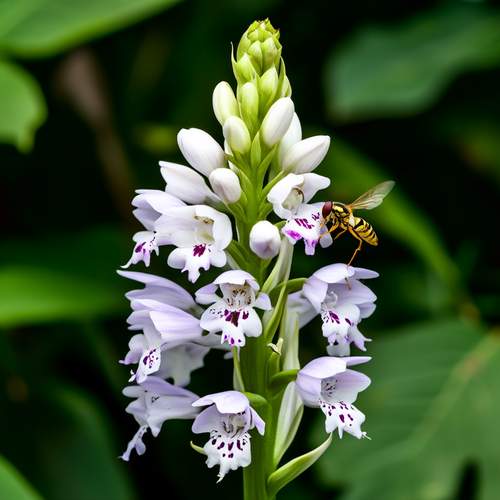
By /May 21, 2025

By /May 21, 2025

By Natalie Campbell/May 21, 2025
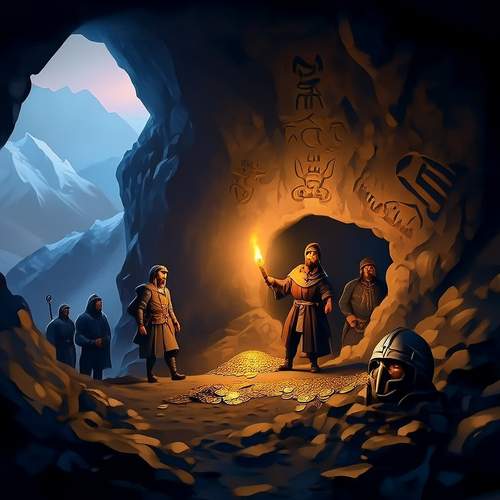
By Victoria Gonzalez/May 21, 2025

By Noah Bell/May 21, 2025

By Joshua Howard/May 21, 2025
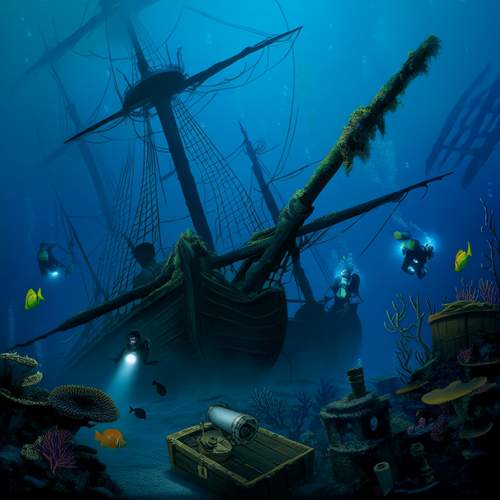
By Olivia Reed/May 21, 2025

By David Anderson/May 21, 2025

By Victoria Gonzalez/May 21, 2025

By Sophia Lewis/May 21, 2025
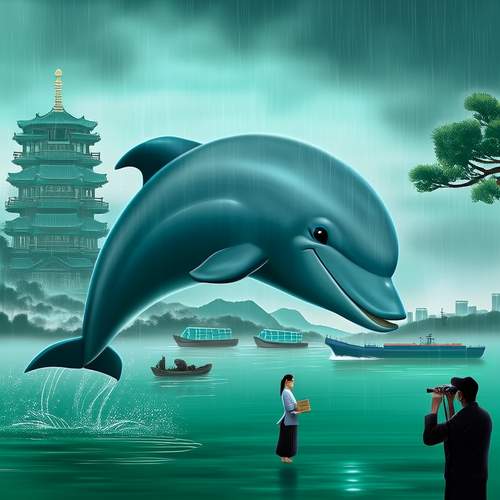
By Daniel Scott/May 21, 2025
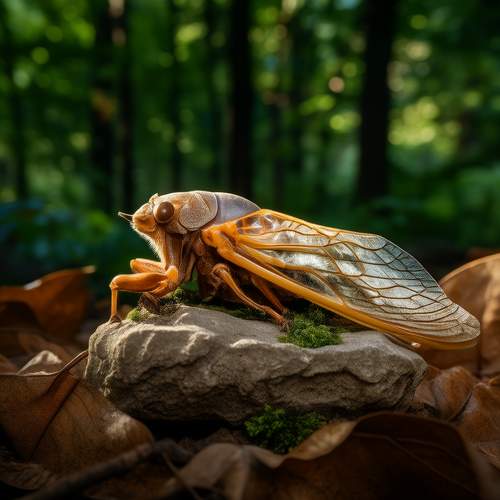
By Jessica Lee/May 21, 2025
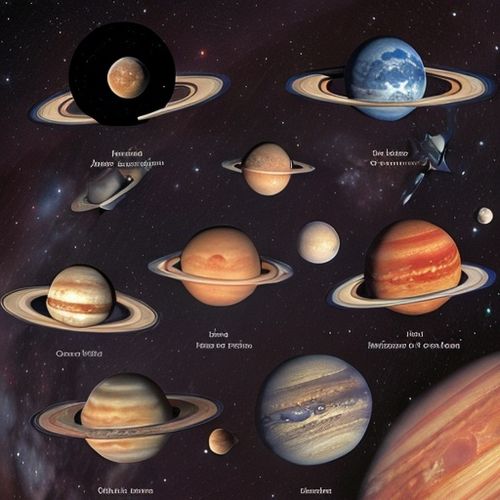
By Jessica Lee/Dec 22, 2024

By Emily Johnson/Dec 22, 2024
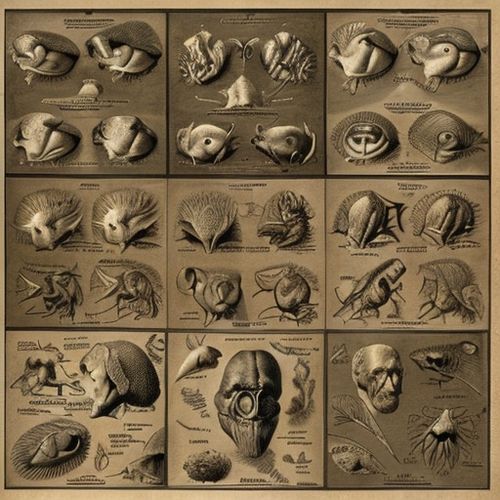
By Elizabeth Taylor/Dec 22, 2024

By Benjamin Evans/Dec 22, 2024

By Elizabeth Taylor/Dec 22, 2024